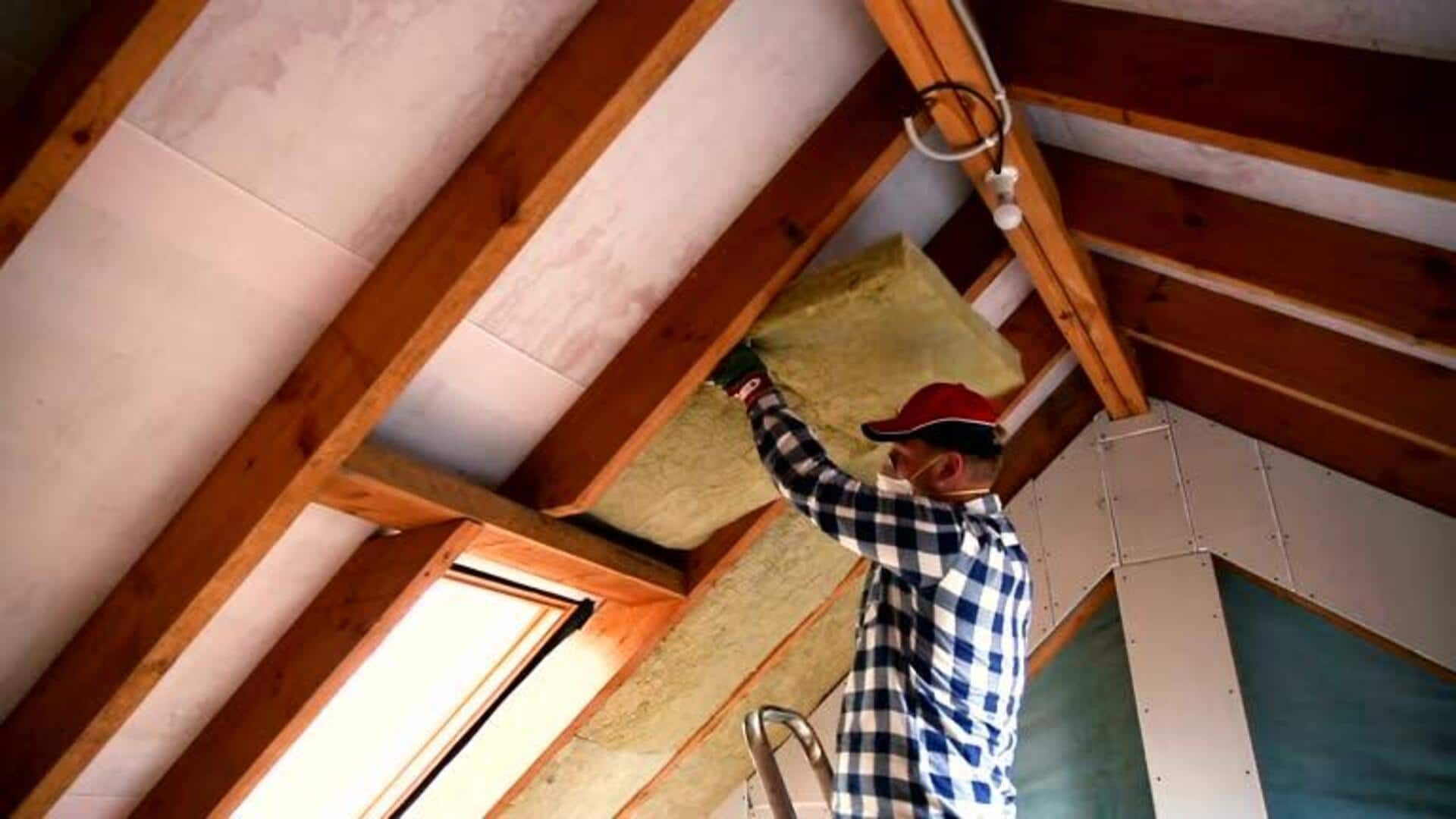
How to insulate your home on a budget
What's the story
In many parts of Africa, keeping a home comfortable can be extremely difficult, thanks to the extreme weather. However, using locally available materials for insulation can provide an affordable solution. These techniques can not only help in curbing energy costs but also promote sustainability by using resources that are easily available. Here, we explore various methods homeowners can adopt to insulate their homes without breaking the bank.
Straw bales
Using straw bales for insulation
Straw bales make an excellent insulating material owing to their high thermal resistance. They are easily available and inexpensive, which is why they're a popular choice in rural areas. When used as wall insulation, straw bales offer effective protection against heat and cold. They are stacked tightly together and plastered with clay or lime for added durability and fire-resistance. This method is cost-effective and eco-friendly.
Clay plaster
Clay plaster for wall insulation
Another traditional technique to insulate walls in African homes is clay plaster. It serves as a natural barrier against temperature fluctuations but permits the walls to breathe, avoiding moisture buildup. As clay is abundant in many regions, it makes an affordable option for homeowners looking to enhance their home's energy efficiency. Layering clay plaster on walls helps maintain indoor temperatures by absorbing heat during the day and releasing it at night.
Recycled materials
Utilizing recycled materials
Recycled materials such as cardboard, old newspapers, etc. can be used as effective insulation solutions when layered between walls or laid under roofing sheets. The materials trap air pockets which reduce heat transfer, thus enhancing thermal performance in the house. By converting waste products into insulation materials, homeowners not only save money but also contribute positively towards environmental conservation efforts.
Natural fibers
Incorporating natural fibers
Natural fibers like cotton or wool can be employed for home insulation owing to their great thermal properties. They are usually woven into mats or blankets. They line walls or ceilings, offering extra warmth in winters. Meanwhile, they keep interiors cool in summers by reflecting sunlight away from living spaces. This drastically reduces dependence on artificial cooling systems, hence cutting electricity bills significantly over time.